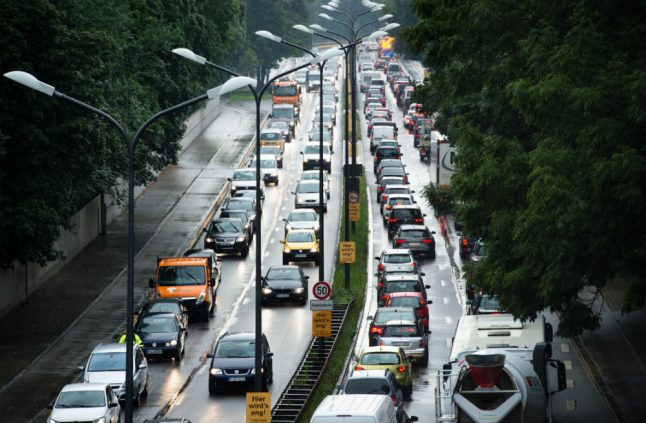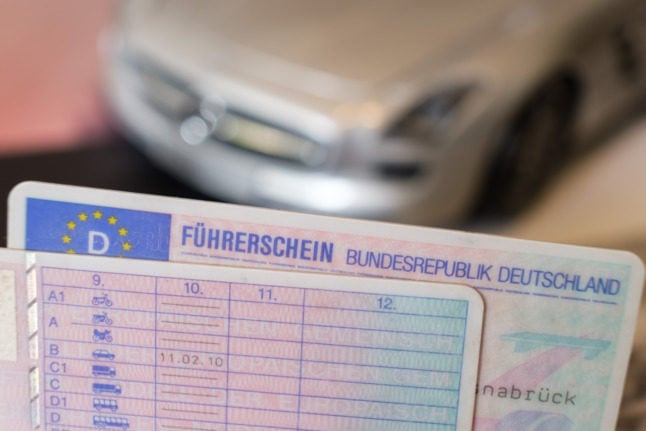The Bavarian city claims the title of traffic jam capital in Germany for the second year in a row, the study called “Traffic Scorecard” by traffic data provider Inrix shows.
Of a total of 73 German cities, findings of the Inrix study indicate that motorists in Munich spent the most amount of time in traffic jams in 2017 – 51 hours; four hours longer than in 2016.
Hamburg and Berlin meanwhile recorded the most significant increase, with both cities now ranking in second and third place, respectively.
In Hamburg and Berlin, drivers now spend about 44 hours per year in traffic jams. Motorists in Hamburg conversely spent 39 hours in traffic jams in 2016; in Berlin 38 hours. Stuttgart claimed the traffic jam capital title in 2015.
READ ALSO: Hamburg named German state with most congested motorways
Motorists across Deutschland spend an average of 30 hours a year in traffic jams, the study states.
There is some good news though. In Heilbronn, drivers spent an average of 19 percent less time stuck in traffic than in the previous year. Authors of the study attribute this to an increase in budget to maintain road quality in Baden-Württemberg, the completion of many construction projects and the opening of a bridge in Heilbronn last summer.
Regarding the increase in time spent in traffic jams in Munich, according to the authors of the study, this can mainly be attributed to the high number of construction sites it has at important intersections.
The direct and indirect costs caused by congestion on German roads amounted to €80 billion in 2017 – about €1,770 Euro per motorist, the study moreover states.
“Traffic jams cost Germans over €30 billion per year, threaten economic growth and impair quality of life,” said Dr. Graham Cookson, chief economist at Inrix.
According to an Inrix spokeperson, in Würzburg – outside commuter hours in the morning and early evening – motorists waste more time in traffic jams than anywhere else in Germany.
This has an impact on businesses, tradespeople and delivery traffic, the spokesperson said.
Inrix’s Traffic Scorecard analyzed a total of 1,360 cities in 38 countries. Los Angeles tops the worldwide ranking with motorists in the American city now spending around 102 hours stuck in traffic.



 Please whitelist us to continue reading.
Please whitelist us to continue reading.